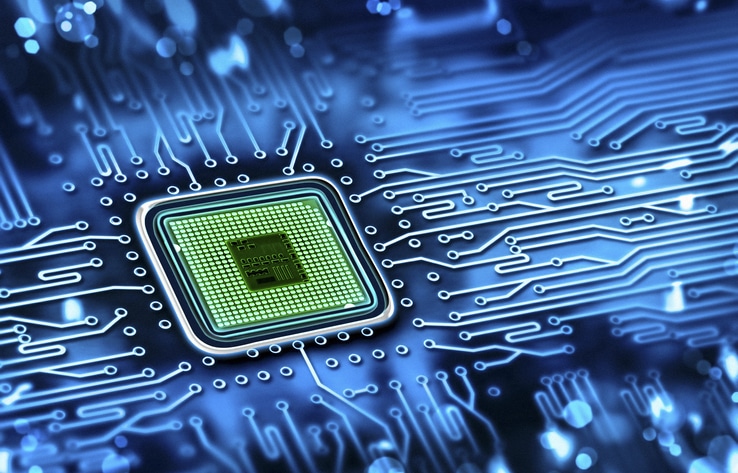
When Willis Carrier patented the first air conditioner in 1902, no one could imagine how far AC technology would advance. Today, 91% of American homes have some form of air conditioning. Nationwide, the annual electricity bill to stay cool totals $29 billion. The expanding demand for energy-efficient air conditioning, the increasing stress on the power grid, and the heightened awareness of environmental issues all continue to drive innovation and new trends in AC technology.
Here are four examples of potential developments in AC technology that some day may be keeping your home even more comfortably cool and affordable.
- Advanced heat exchangers. Conventional AC evaporator and condenser coils incorporate multiple joints that increase the potential for refrigerant leakage. Refrigerant loss damages the environment and reduces system cooling effectiveness. Advanced serpentine heat exchangers incorporate 90% fewer joints to reduce refrigerant loss. This makes a more environmentally friendly AC while improving heat transfer that boosts cooling efficiency and lowers costs.
- MOFs. Frigid refrigerant chilling the evaporator coil condenses water from the airflow in a conventional AC, a process that uses about half the unit’s electrical consumption. In the future, metal organic frameworks (MOF) may replace the evaporator. MOFs are super-porous metallic materials that passively extract moisture from air without an evaporator coil, cutting electrical expense, enabling use of safer refrigerant, and potentially reducing air conditioning’s overall climate impact by 75%.
- Multipurpose units. Prototypes developed by a university consolidate cooling, water heating, and whole-house dehumidification into a single unit. Results show more efficient heat transfer and better control of both temperature and humidity in residential environments. This translates into lower operating costs for all functions.
- Solid-state heat pump. In theory, these compact units could replace standard refrigerant-based AC units. Utilizing the heat of electronic components and semiconductors, both cooling and heating can be generated, depending upon the polarity of DC electrical current. No moving parts and no refrigerant required. All this is still in the laboratory stage, but actual installations could potentially begin in less than 10 years.
For the latest information about present and future developments in AC technology, ask the professionals at Jackson & Sons.